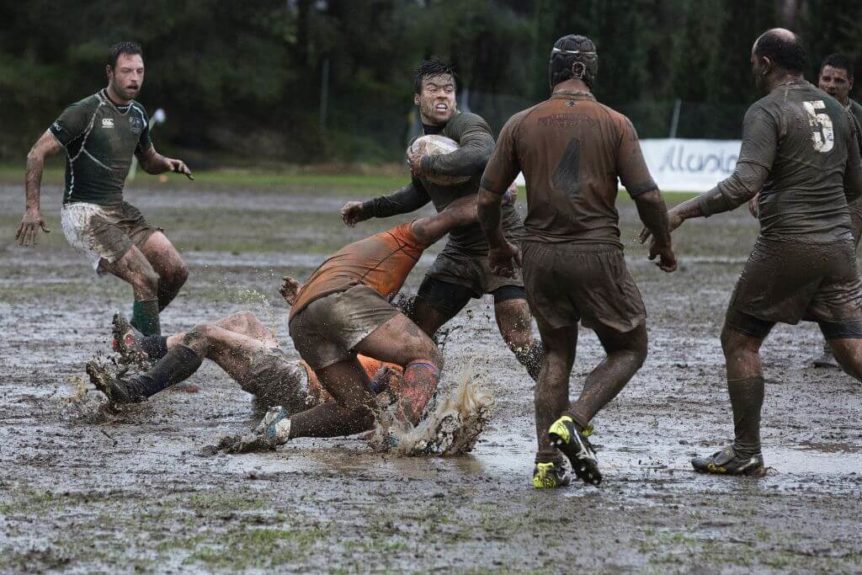Frontiers in Human Neuroscience, 13, 826, 2019
Abstract
Collision sports, such as Rugby Union (“Rugby”) have a particularly high risk of injury. Of all injuries common to collision sports, concussions have received the most attention due to the potentially negative cognitive effects in the short- and long-term. Despite non-professional Rugby players comprising the majority of the world’s playing population, there is relatively little research in this population. Stellenbosch Rugby Football Club (“Maties”), the official rugby club of Stellenbosch University, represents one of the world’s largest non-professional Rugby clubs, making this an ideal cohort for community-level injury surveillance. The aim of this study was to describe the incidence and events associated with concussion in this cohort. Baseline demographics were obtained on the 807 male student Rugby non-professional players who registered for the 10-week long 2018 season, which comprised 101 matches and 2,915 of exposure hours. All match-related injuries were captured by the medical staff of Stellenbosch Campus Health Service on an electronic form developed from the consensus statement for injury recording in Rugby. The mean age, height and weight of this cohort were 20 ± 2 years, 182 ± 7 cm and 88 ± 14 kg, respectively. Overall, there were 89 time-loss injuries, which equated to an injury rate of 30.6 per 1,000 match hours [95% confidence intervals (CIs): 24.2–36.9], or about one injury per match. The most common injury diagnosis was “concussion” (n = 27 out of 90 injuries, 30%), at a rate of 9.3 per 1,000 match hours (95% CIs: 5.8–12.8). The three most common mechanisms of concussion in the present study were performing a tackle (33%), accidental collision (30%) and being tackled (11%). Concussion was the most common injury in this population, at a rate that was six times higher than the most comparable study from the UK, which had far more exposure time over six seasons and wider range of player ability, from recreational to semi-professional. This might be explained by the training and vigilance of the club’s first aiders observing all matches for concussion. Future studies should try to explain this high rate and subsequently reduce these concussions. The addition of video surveillance data would assist in identifying the etiology of these concussions injuries in order to develop specific targeted interventions.

